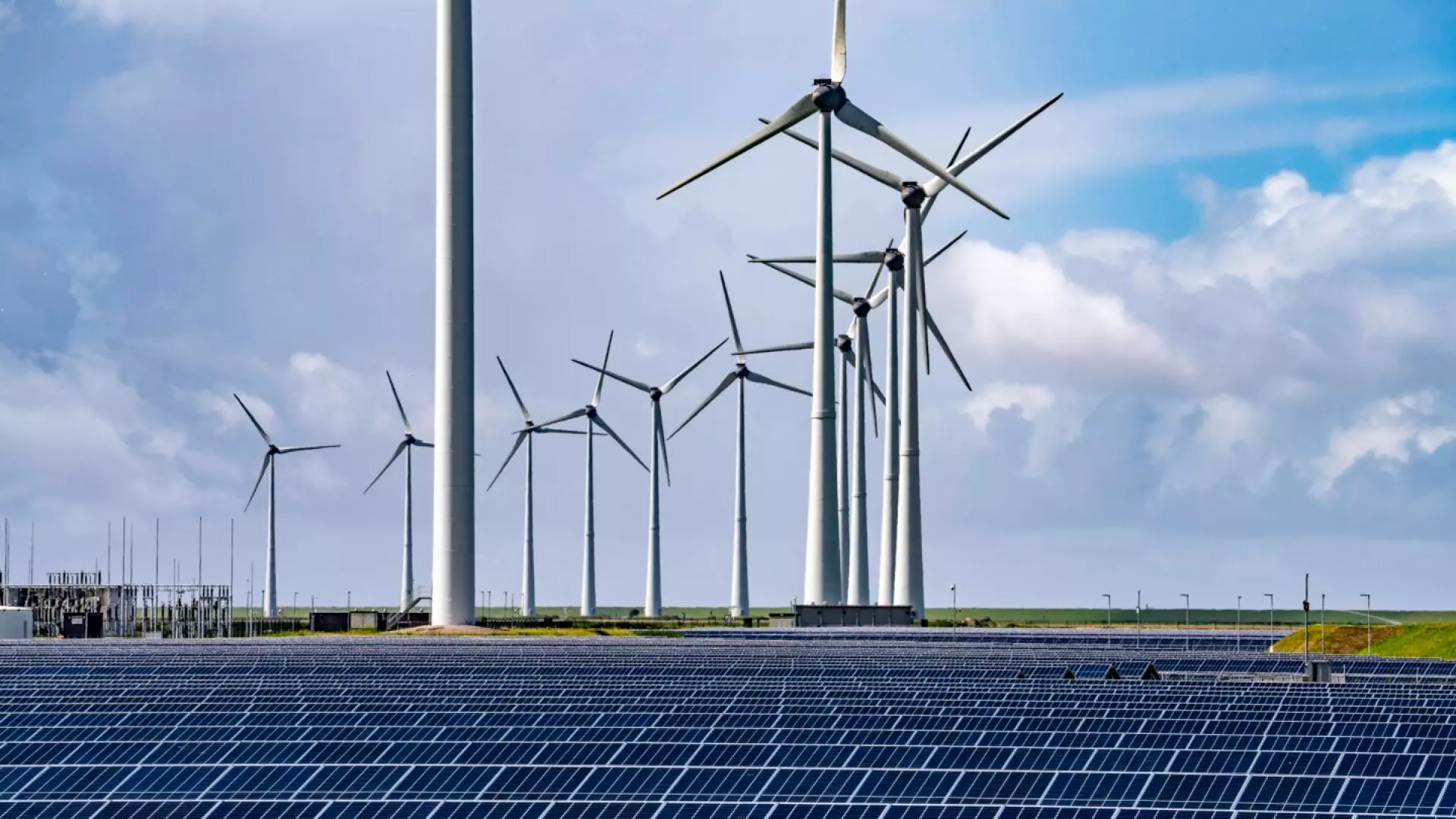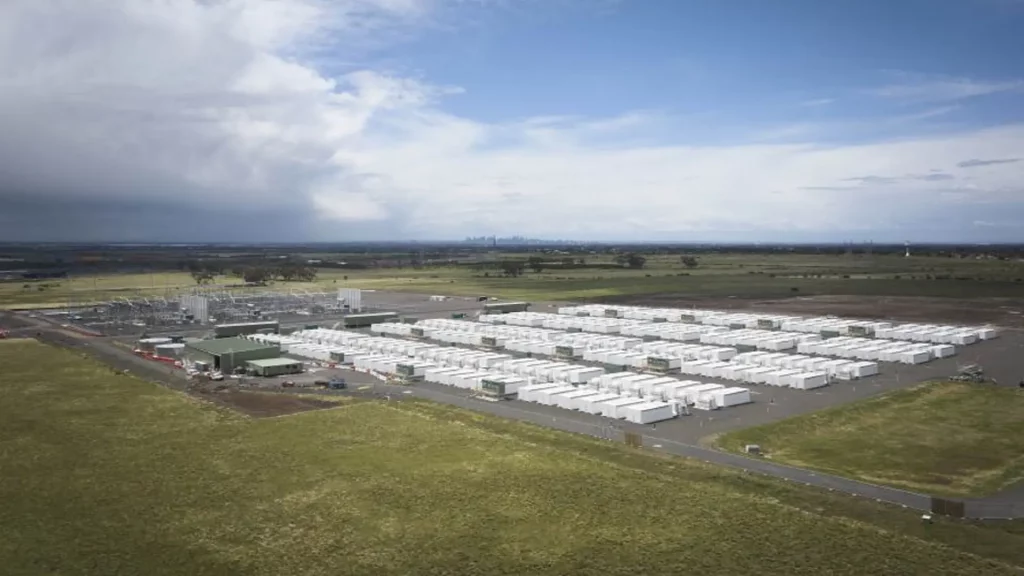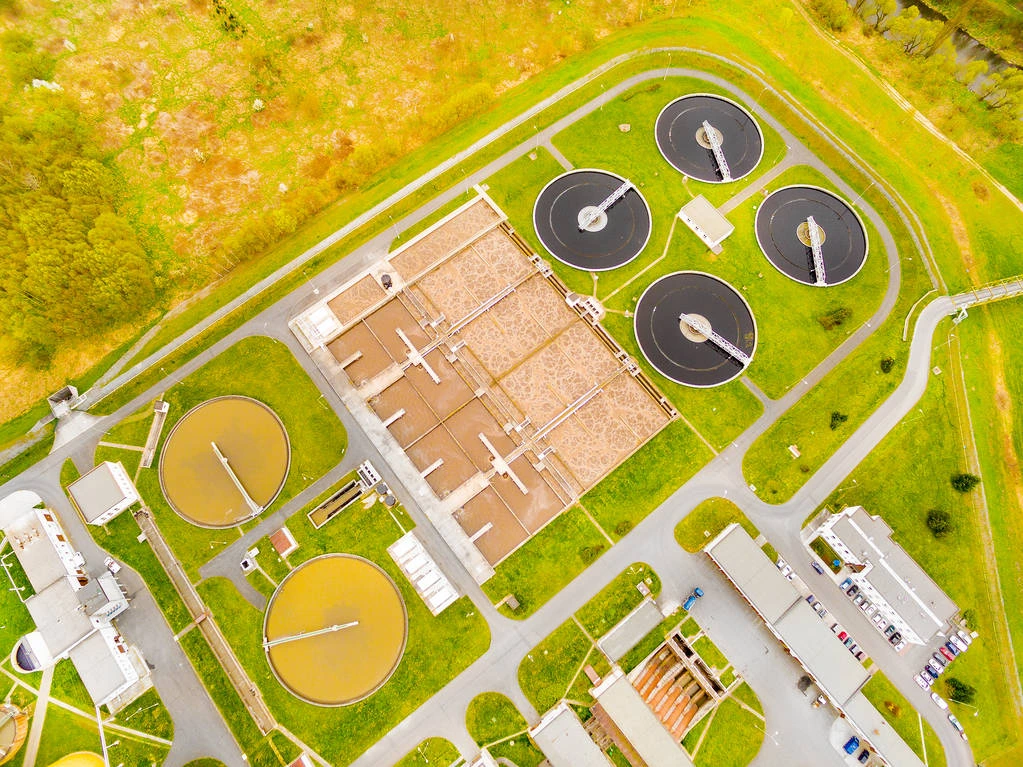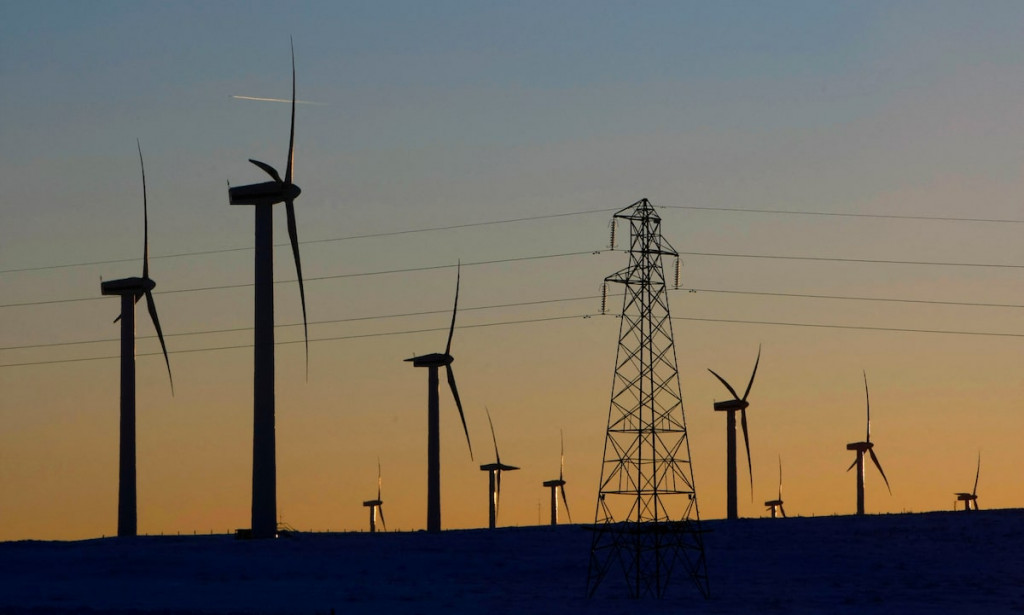
Global Green Transition: Key Findings from the IEA Renewables 2025 Report
17.10.2025The World Enters a New Energy Era. According to the International Energy Agency (IEA) report “Renewables 2025: Analysis and Forecast to 2030”, global renewable energy capacity is set to grow by 4,600 GW by the end of the decade, nearly doubling the world’s generation potential. Renewables are becoming not only the ecological but also the economic backbone of modern energy systems.
Solar Power — The Engine of Global Transformation
Over 80% of this growth will come from solar photovoltaic (PV) energy. The rise of distributed systems—both residential and industrial—is reshaping market architecture: consumers are becoming producers, and energy is moving closer to the point of use. Solar systems form the core of decentralized energy: flexible, local, and independent.
Wind: Doubling Capacity
By 2030, global wind power capacity will nearly double to over 2,000 GW. Onshore capacity is expected to increase by more than 700 GW, while offshore could reach 140 GW. Despite this growth, the IEA has lowered its offshore forecast due to high costs and limited grid capacity. China remains a key player, controlling over 60% of component production, while Europe maintains balance but may face turbine and blade supply shortages after 2026.
Flexibility — The New Currency of Energy Systems
By 2030, renewables will account for over 30% of global electricity generation, requiring flexibility and storage solutions. In the EU, China, Ireland, and Brazil, the number of hours with negative electricity prices is increasing, highlighting the need for storage. Energy storage systems, pumped hydro, and digital management are becoming essential elements for a stable energy market.
New Market Rules
In 2025, global auctions recorded parity between solar and wind projects for the first time, with 14 GW awarded to each technology. Leading markets include Germany, Turkey, and France, alongside emerging markets such as Poland, Serbia, and Kazakhstan. Around 60% of all new renewable capacity by 2030 is expected to be procured through auctions, signaling a shift away from fixed tariffs toward CfD and PPA models.
Integration Challenges
As the share of variable generation grows, curtailment increases due to grid congestion and insufficient balancing capacity. The IEA calls on governments to invest in grid infrastructure, storage, and digital management to minimize losses and improve efficiency.
Renewables as an Element of Energy Security
Renewables have proven crucial in strengthening energy independence. In the EU, without green generation, the share of imported fuels would exceed 50%. Solar and wind energy have helped avoid billions in gas and coal imports, becoming a real shield of energy stability.
The Ukrainian Context
Regular auctions and market-based conditions are key to attracting investment in new renewable projects. Hybrid models (wind + solar + storage) allow for load balancing and prevent imbalances. Localizing component production is a pathway to energy independence and job creation. The IEA forecasts $3.3 trillion in global energy investments in 2025, with two-thirds directed to clean energy; Ukraine must create conditions to attract a share of this capital.
Global 100% RE Ukraine supports the development of renewables as the foundation of energy independence, community resilience, and business competitiveness.
The future of energy lies in flexibility, innovation, and partnership.
Become a member of 100 RE UA
Switching to 100% renewable energy in Ukraine is possible!




